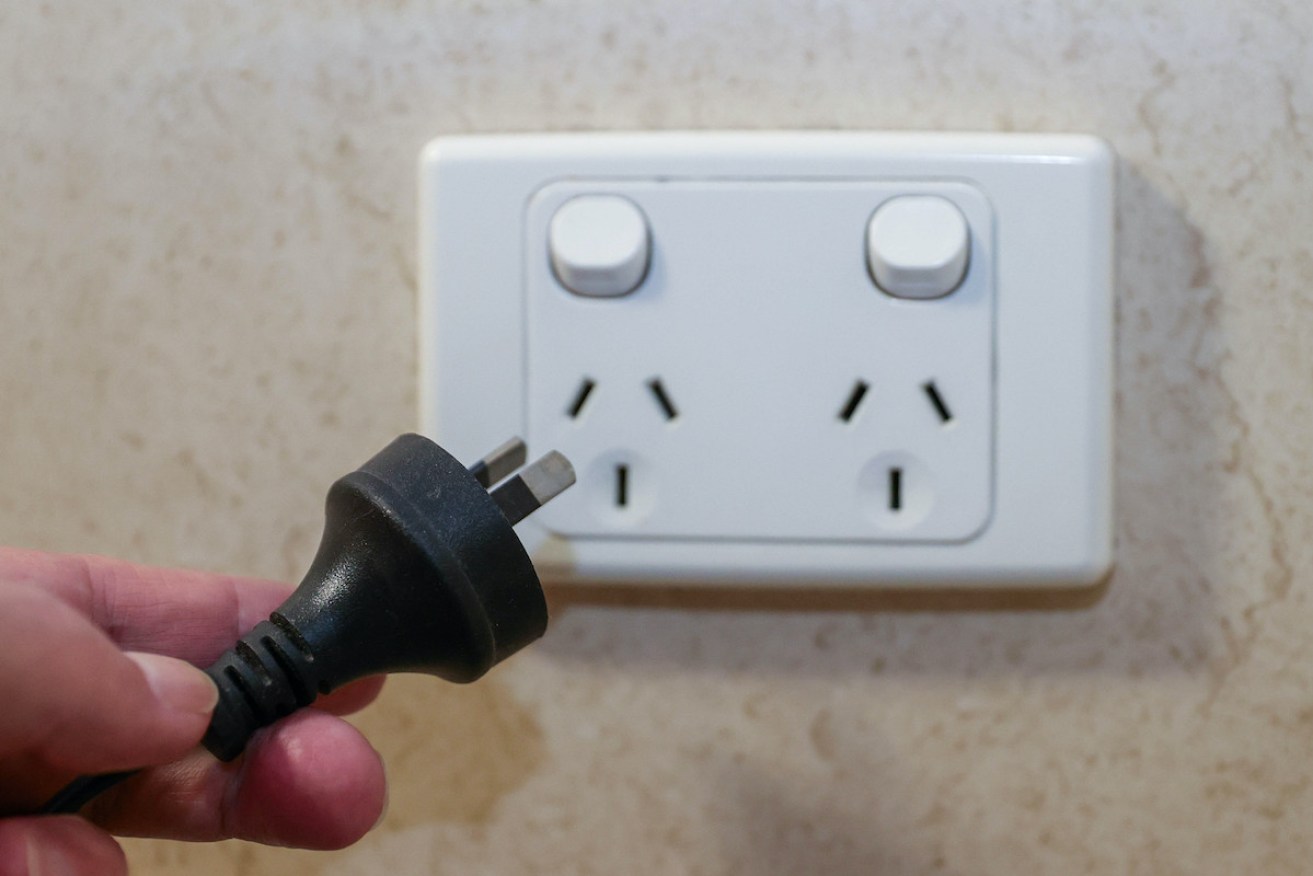SA power bills set to drop after energy regulator decision
Average South Australian households and businesses will pay lower electricity bills from July 1 under a draft ruling from the national energy regulator.

SA average power bills are set to drop from July after a draft ruling from the Australian Energy Regulator. Photo: AAP
The Australian Energy Regulator on Tuesday released its draft Default Market Offer (DMO), known as DMO 6, for energy prices in 2024/25.
The default market offer, which will apply to consumers in South Australia, NSW and parts of Queensland, is a price cap on how much retailers can charge customers on their default plans.
“At this time, it is estimated that price changes for all residential and small business customers on standard retail plans will be less than the rate of inflation,” the regulator said on Tuesday.
The majority of residential customers could see price reductions of between 0.4 per cent to 7.1 per cent, it added.
The remaining residential customers may see increases between 0.9 per cent and 2.7 per cent, depending on their region and whether they have controlled load.
Most small business customers could see reductions between 0.3 per cent and 9.7 per cent while others could face modest increases of around 0.7 per cent, depending on their region.
“We know that economic conditions have put pressure on many Australians and the increases in electricity prices over the last two years has made energy less affordable for many households,” AER chair Clare Savage said in a statement.
“In light of this, the AER has, in this decision, placed increased weight on protecting consumers.”
South Australian Energy Minister Tom Koutsantonis said today’s decision would see power prices in this state drop by an average 2.5 per cent or $57 for households, and 8.2 per cent or $481 for small business.
The state government said that increasing renewable energy generation had cut wholesale electricity costs, which were the main factor in the AER’s draft decision to cut prices.
It said that “poles-and-wires network charges” in retail bills will increase by less than expected because of a change in accounting classification for some work performed by distributor SA Power Networks. The charges will include sharing the cost of repairs following the River Murray floods and transmission upgrades.
Koutsantonis said that households and businesses had been under inflation and cost of living pressure and the price cuts “show energy prices are going in the right direction”.
“We’ve been saying for months we expect to see reductions in wholesale costs reflected in the retail prices handed down by the Australian Energy Regulator, and that is exactly what has happened,” he said.
“The regulator’s reasons for these cuts verify what we have been saying for the past two years – the global gas price shock from Russia’s invasion of Ukraine caused high power prices here.”
Koutsantonis said the state government was “making SA more resilient against such shocks” by developing its Hydrogen Jobs Plan and supporting new renewable generators and batteries, with ZEN Energy today announcing construction of a 111-Megawatt battery at Templers near Gawler.
But the state Opposition said that “despite possible decreases, South Australian families and small businesses will still pay some of the highest prices for energy in the nation”.
“After massive increases over the past two years of $710 for households, the Australian Energy Regulator announced that the draft Default Market Offer for electricity would reduce prices by a minimum of $14 for households from July 1,” it said.
“Despite this new draft offer, under Peter Malinauskas electricity bills would still remain sky high, with household power bills up by $696 over Labor’s term and for small businesses the increase would be $1288 – leaving these businesses paying the highest power bills in the nation.”
The AER said its draft determination would allow a retailer to recover costs and make a reasonable profit with a retail margin of six per cent for residential plans and 11 per cent for small business plans.
“These are higher margins than we see in other markets, such as Victoria, where strong competition remains,” Savage said.
The regulator also said wholesale electricity prices had stabilised since their extreme peaks in 20 but that had been offset somewhat by increased network costs.
Savage also pointed to reductions in the prices of retailers’ more competitive market offers, which are below the default offer.
“The median market offer has dropped by between one per cent and five per cent across most electricity distribution zones since 31 December 2023,” she added.
“The most competitive market offers are now 18 per cent to 23 per cent below the DMO price.”
Energy retailers are required to tell customers on the front page of their bills, at least every 100 days, if they can offer a better deal.
The regulator’s final offer determination will be delivered in May, pending public consultations, and will come into effect from July.
– with AAP




